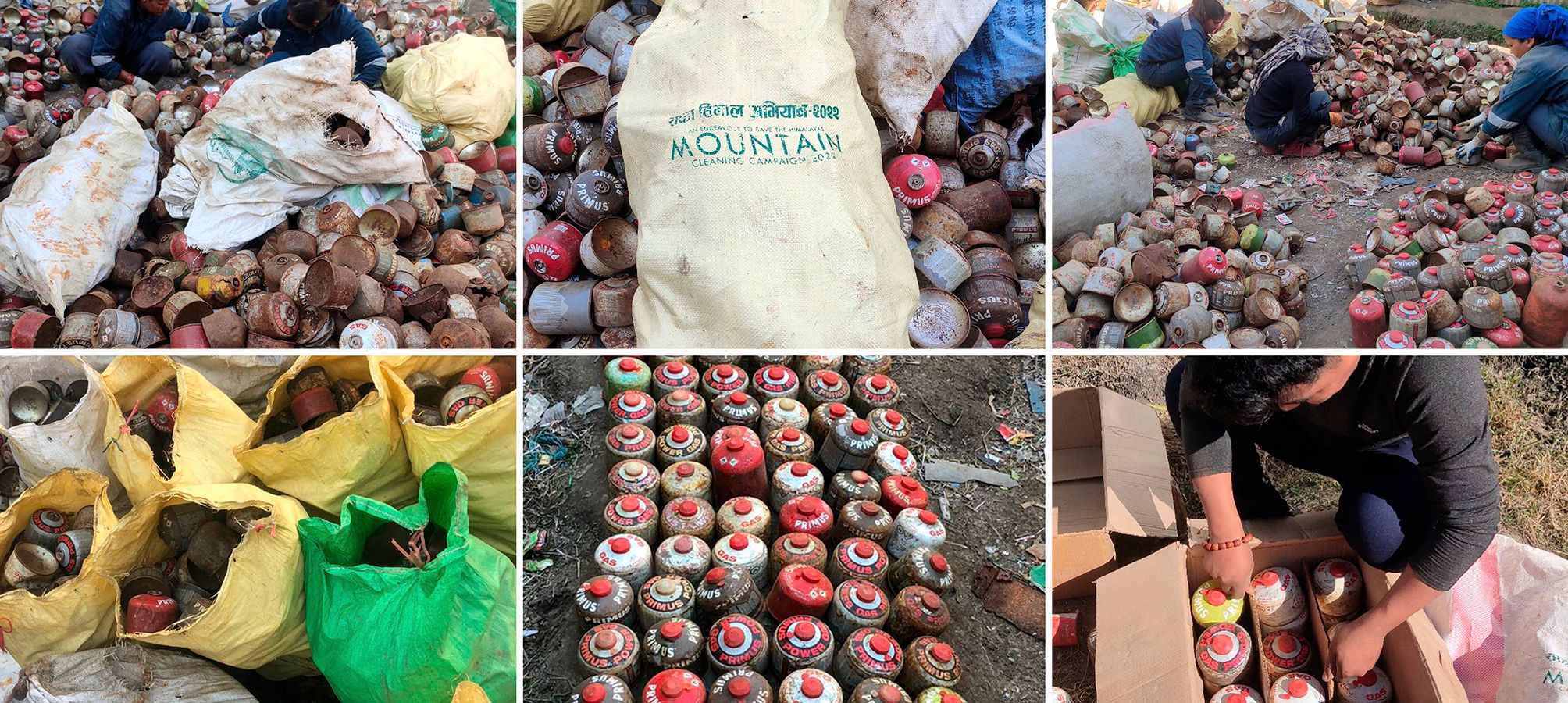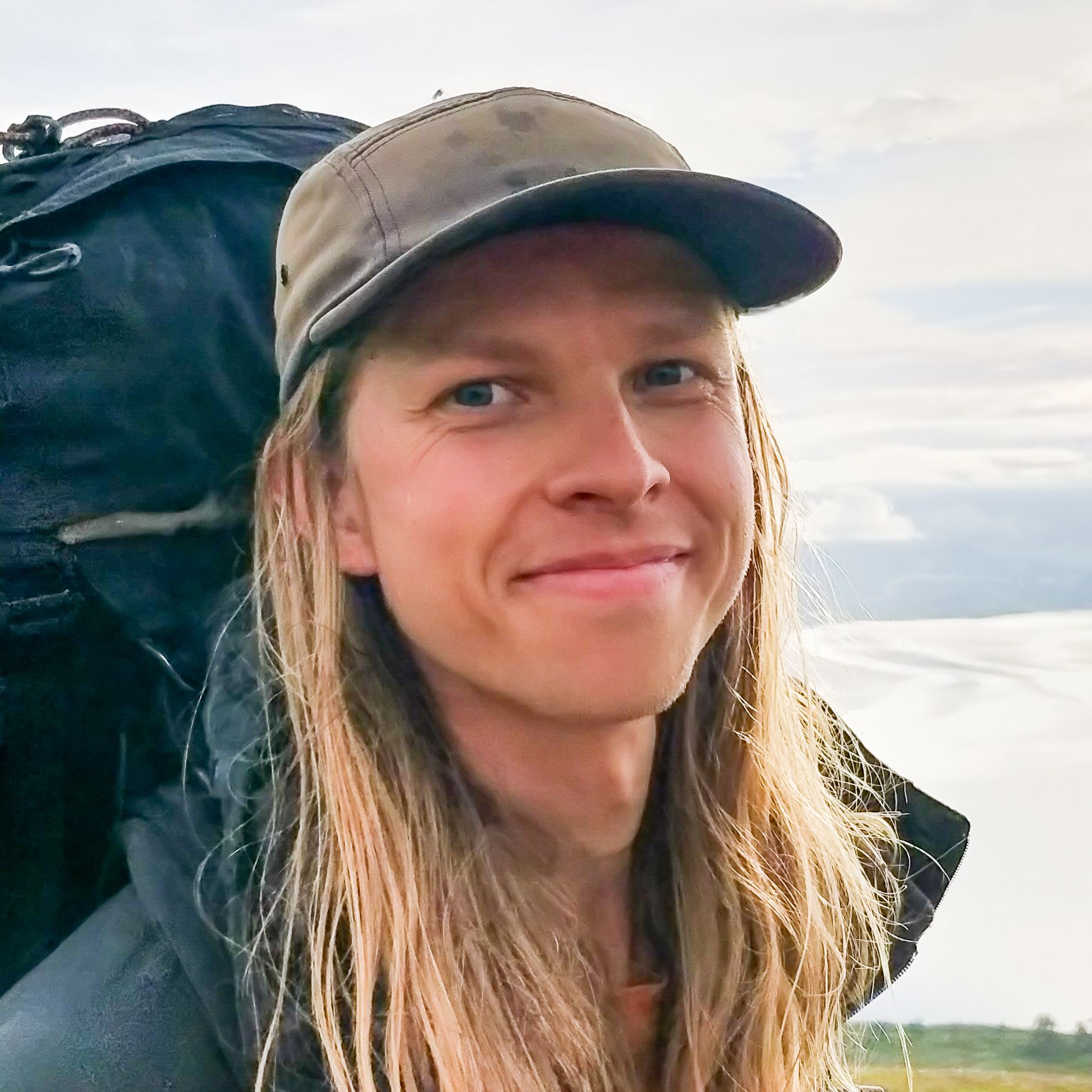

PRIMUS
The big cleanup of Everest
Many people dream of reaching the highest peaks in the Himalayas. But everything comes at a price. As more and more mountaineers attempt to climb the roof of the world, the site is filled with enormous amounts of garbage and debris. Primus is one of many companies involved in trying to restore the peaks.Seventy years ago, Edmund Hillary and Tenzing Norgay did the impossible and became the first to reach the world's highest point, 8 849 meters above sea level. Since climbing Mount Everest in 1953, adventurers have flocked to Nepal to repeat the feat. According to officials at Sagarmatcha National Park, created in 1976 to protect the mountain and its wildlife, up to 100 000 people visit the area every year. 700 people make it to Everest Base Camp every day and an average of 600 people reach the summit of Mount Everest each climbing season.
Unfortunately, the growing number of visitors has led to huge waste problems and ecological impacts. On average, each climber produces 18 kilograms of waste including abandoned tents, oxygen tanks, food containers, discarded equipment, and human waste. Mountaineer Barry Bishop called the mountain "the world's highest garbage dump" back in the 1960s and the Everest Summiteers Association estimates that the summit of Mount Everest is now covered in 30 tons of waste. And even more debris is becoming visible as glaciers melt faster and faster due to climate change.
Ongoing clean-up work
As the hunt for the summit continues, the Nepalese army and many NGOs are working hard to bring down the debris that the climbers bring up with them. The Nepal Army claims to have collected 70 tons of rubbish in 2019, 2021 and 2022, and by 2023, the Nepal Army, in partnership with Unilever Nepal, had collected over 35 tons of rubbish from Everest and other peaks such as Lhotse and Annapurna.
Clean-up projects such as Eco Everest Expedition, Big Mountain Cleanup and Clean Everest have also been raising awareness of the problem for many years and helping to clear the peaks of waste - often initiated by mountaineers themselves. Nepalese Nirmal Purja, who became the first person to climb the world's fourteen 8 000-meter peaks in a single climbing season in 2019, is one of them. Since 2021, through his Nimsdai Foundation, he has been reducing the amount of litter on Mount Manaslu, Everest, Ama Dablam and K2. At the same time, he also wants to give back to the population, including by hiring full-time people from local communities and giving them a salary and insurance to clean the mountains.
Primus does its part
Avni Ventures is a recycling company based in Kathmandu, the capital of Nepal. They work with the Nepalese army and several companies to deal with the debris brought down from the highest peaks in the Himalayas. Their data shows that the main items left behind are plastic bottles, food and gas containers, metals, tents, solar panels, shoes, medicines, and plastic packaging. Most can be recycled, but gas canisters from Primus, for example, need extra careful handling. Therefore, Primus has entered a project with Avni Ventures to take care of the gas canisters collected during the Mountain Cleanup campaigns in 2021 and 2022.
Among other things, Avni Ventures has helped Primus divide the containers according to the amount of gas they contain. Some containers are sent for recycling while others can be reused or given a new life. Of the total 3 112 Primus gas containers sorted, 2 865 were recycled, 189 were reused and 58 had new uses, such as souvenirs.
Recycle your gas containers
Whether you are on an expedition in high alpine areas or on a family outing in nature, it is important that you take care of all your waste, especially your gas containers. As these containers can contain gas and risk exploding, it is important not to dispose of them directly in the metal recycling bin. You can return gas cylinders to the original supplier. They will either refill and reuse them or arrange their recycling.
February 07 2022







